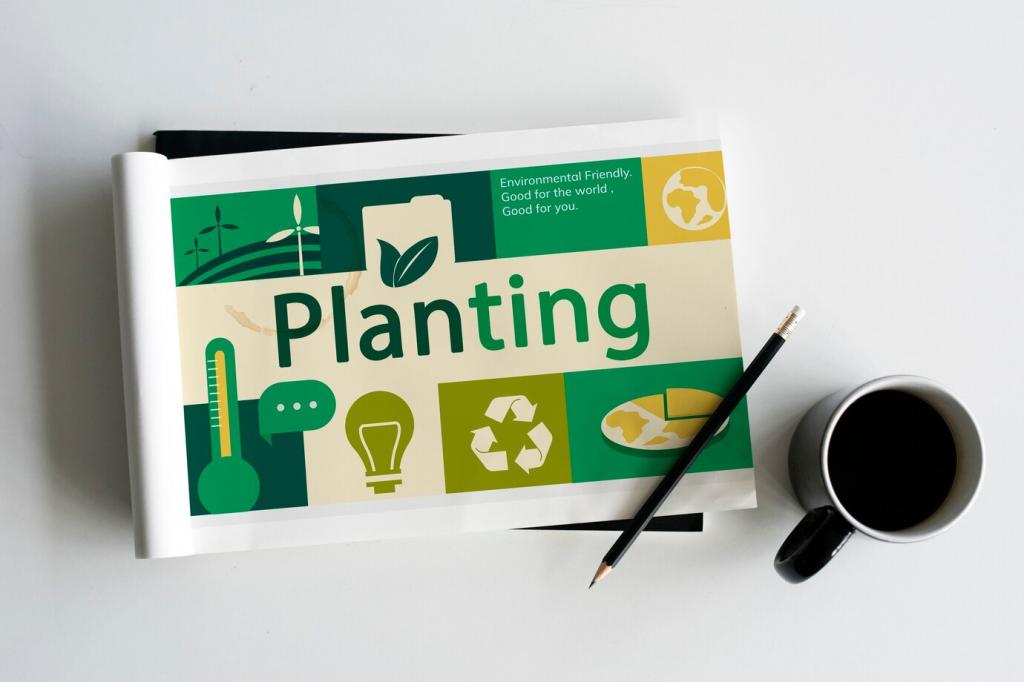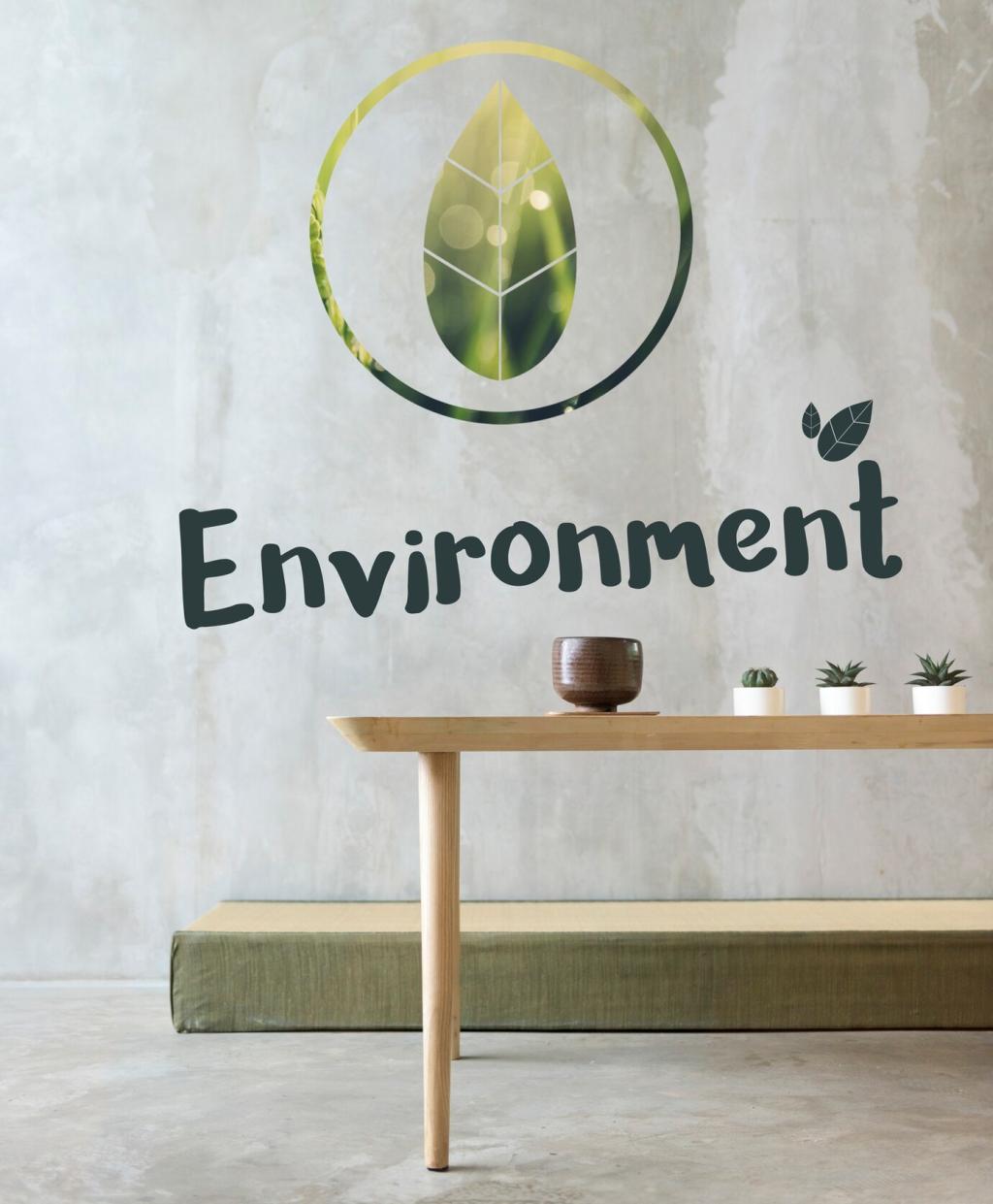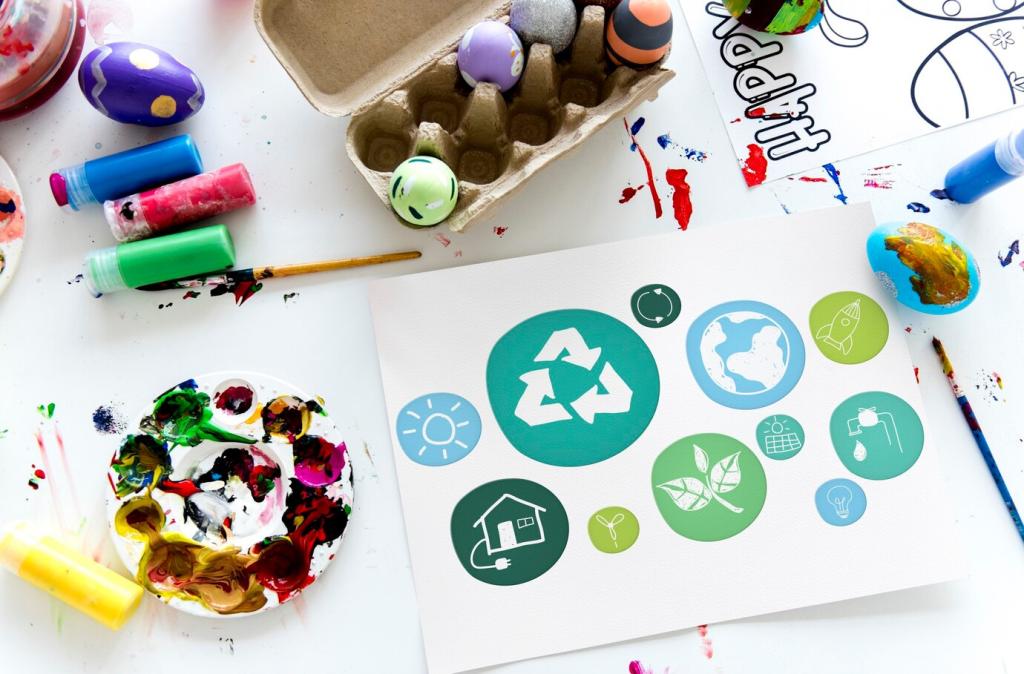
Sustainable Wood Alternatives in Interior Design
Sustainable wood alternatives are transforming the landscape of interior design, addressing environmental concerns while delivering innovative and stylish solutions. As traditional hardwood harvesting faces scrutiny due to deforestation and habitat loss, interior designers and homeowners are seeking eco-friendly materials that balance function, aesthetics, and planet-friendly values. This page explores the diverse world of sustainable wood alternatives, examining their benefits, types, performance characteristics, and role in shaping modern interiors for a greener future.
The Need for Sustainable Alternatives
Environmental Impact of Traditional Wood
The reliance on traditional hardwoods for interior finishes exerts immense pressure on global forests. Unsustainable logging practices accelerate habitat destruction and threaten endangered species, while contributing to soil erosion and disruptions in local ecosystems. The resulting carbon emissions enhance climate change, highlighting the urgent need to minimize our dependence on conventional wood products. By understanding these impacts, designers and consumers can make informed choices that promote ecological balance.
Consumer Demand for Eco-friendly Spaces
Modern homeowners are increasingly prioritizing health, sustainability, and ethics in their living environments. This trend drives the demand for materials that are both environmentally responsible and stylish. Interior designers face higher expectations to create spaces that reflect these values, which often translates to specifying wood alternatives certified by recognized eco-labels or those manufactured from reclaimed or rapidly renewable sources. The market shift compels suppliers to innovate and adapt, making sustainable options more accessible and attractive than ever before.
Regulatory Pressures and Certification
Governments and regulatory bodies worldwide have introduced rigorous standards to minimize the negative environmental consequences of wood harvesting. Certification systems like FSC and PEFC encourage responsible management of forest resources, but even these frameworks face challenges in implementation and enforcement. The complexities of global supply chains necessitate strict transparency and traceability. By opting for certified or proven sustainable wood alternatives, interior designers support conservation efforts and influence industry-wide change.

Engineered and Composite Woods
Plywood and Oriented Strand Board (OSB)
Plywood and OSB represent some of the most widely used engineered wood products. Manufactured from multiple layers of thin wood veneers or strands, these materials maximize the utility of smaller, fast-growing timbers, reducing dependence on old-growth forests. Their structural stability, uniformity, and versatility make them a preferred choice for cabinetry, wall treatments, and furniture. Advances in adhesives and formaldehyde-free options further enhance their appeal as sustainable interior solutions.
Medium Density Fiberboard (MDF)
MDF, composed of wood fibers bonded under heat and pressure, leverages post-industrial wood waste that might otherwise end up in landfills. This material provides a smooth, uniform surface ideal for painted finishes and intricate moldings. Designers favor MDF for its affordability, adaptability, and resource efficiency. When manufactured using eco-friendly resins and non-toxic additives, MDF aligns with green building certifications and supports healthier indoor air quality.
Recycled Wood Composites
Recycled wood composites blend waste wood particles with bio-based or recycled resins to create durable, attractive materials for flooring, trim, and wall paneling. These products divert wood waste from disposal streams and often incorporate additional eco-friendly fillers such as agricultural byproducts. Their stability, resistance to warping, and availability in a wide range of finishes empower designers to achieve both environmental and aesthetic goals without relying on freshly cut timber.
Bamboo: The Fast-Growing Favorite
Bamboo is celebrated for its incredible growth rate—reaching maturity in just three to five years compared to decades for hardwoods. Its regenerative nature eliminates the need for replanting after harvest, minimizing ecological disruption. Designers appreciate bamboo’s natural beauty, strength, and versatility, which suit a range of uses from flooring to furniture. Modern manufacturing techniques yield bamboo products with remarkable stability and durability, making them competitive with traditional hardwoods in style and function.
Cork: Resilient and Renewable
Cork is harvested from the bark of the cork oak tree, allowing the tree to continue growing and absorbing carbon dioxide throughout its lifespan. Its unique cellular structure grants exceptional resilience, natural anti-microbial properties, and cushioning underfoot—making it a prime choice for flooring, wall tiles, and accent details. In addition to being exceptionally renewable, cork helps create healthier indoor environments by reducing noise, regulating humidity, and resisting mold and allergens.
Agricultural Fiberboards
Utilizing waste fibers from crops such as wheat, rice, and hemp, agricultural fiberboards convert agricultural byproducts into functional interior materials. These boards reduce the environmental impact of open-field burning and wasted biomass, creating a closed-loop resource system. The technology behind agricultural fiberboards has advanced to meet rigorous strength and safety standards, and designers can leverage their unique textures and natural tones for innovative applications from cabinetry to decorative wall panels.
Reclaimed and Salvaged Wood
Sourcing and Selection
The process of reclaiming wood starts with thoughtful sourcing, where timber is salvaged from buildings, shipping pallets, or underwater logs. Careful selection ensures that the wood is structurally sound and suitable for its intended use in interiors. This meticulous attention to provenance allows designers to tell a story through every plank and beam, enriching spaces with a sense of history while supporting local economies and reducing the environmental cost of transporting new materials.
Restoration and Treatment
Reclaimed wood requires cleaning, de-nailing, and often kiln drying to eliminate pests and stabilize moisture content. Restoration brings out the wood’s natural patina, highlighting weathered surfaces, knots, and character marks. Non-toxic finishes and seals further enhance durability while respecting indoor air quality. This attention to craftsmanship ensures that each piece of salvaged wood is both beautiful and dependable for use in flooring, ceilings, or custom millwork.
Design Applications
Reclaimed wood is celebrated for its versatility, finding new purpose in floors, feature walls, cabinetry, and artisanal furniture. Its varied grain, color, and texture add depth and warmth that modern manufactured materials cannot reproduce. By incorporating reclaimed elements strategically, designers can make a sustainable statement, creating interiors that are not only environmentally responsible but also rich in personality and timeless appeal.
Plastic Lumber and Resins
Plastic lumber is typically made from recycled plastics such as high-density polyethylene or composites of plastic and plant fibers. It offers excellent resistance to moisture, insects, and decay, making it particularly suitable for bathrooms, kitchens, and other high-humidity interiors. Modern finishes and texturing techniques allow plastic lumber to closely resemble natural wood grains, providing an attractive, low-maintenance alternative where environmental exposure could compromise traditional materials.
Bio-based Polymers
Bio-based polymers derive their primary constituents from renewable plant sources, such as corn, sugarcane, or castor beans. These materials reduce reliance on petroleum and can be engineered to exhibit wood-like mechanical properties. Their versatility extends to wall panels, moldings, and surfaces that demand easy cleaning and chemical resistance. Designers value bio-based polymers for their customizable appearance, eco-friendly credentials, and emerging biodegradable options, all of which contribute to the future of sustainable interior design.
Performance and Durability
Many sustainable alternatives, such as treated bamboo and plastic composites, offer enhanced resistance to moisture intrusion and pest attack compared to natural wood. This makes them especially suitable for bathrooms, kitchens, and other areas prone to high humidity and biological threats. Engineered treatments and finishes further augment these properties, ensuring stable performance—even in challenging conditions—without sacrificing appearance or environmental responsibility.



Project Context and Usage
Understanding the nature of the space is essential in evaluating which wood alternative will perform best. High-traffic commercial areas may require the enhanced durability of composites or plastic lumber, while residential spaces might benefit from the warmth of reclaimed wood or bamboo. Designers must weigh moisture levels, expected wear, and potential exposures to ensure a successful, long-term installation.

Environmental Certifications and Transparency
Certification systems provide valuable guidance in distinguishing genuinely sustainable materials from those with unverified claims. Labels such as FSC, PEFC, and Cradle to Cradle indicate responsible sourcing, while independent product declarations reveal embodied carbon, recycled content, and toxicity information. By prioritizing certified, transparent options, interior designers reinforce sustainability goals and offer assurance to clients sensitive to environmental ethics.
